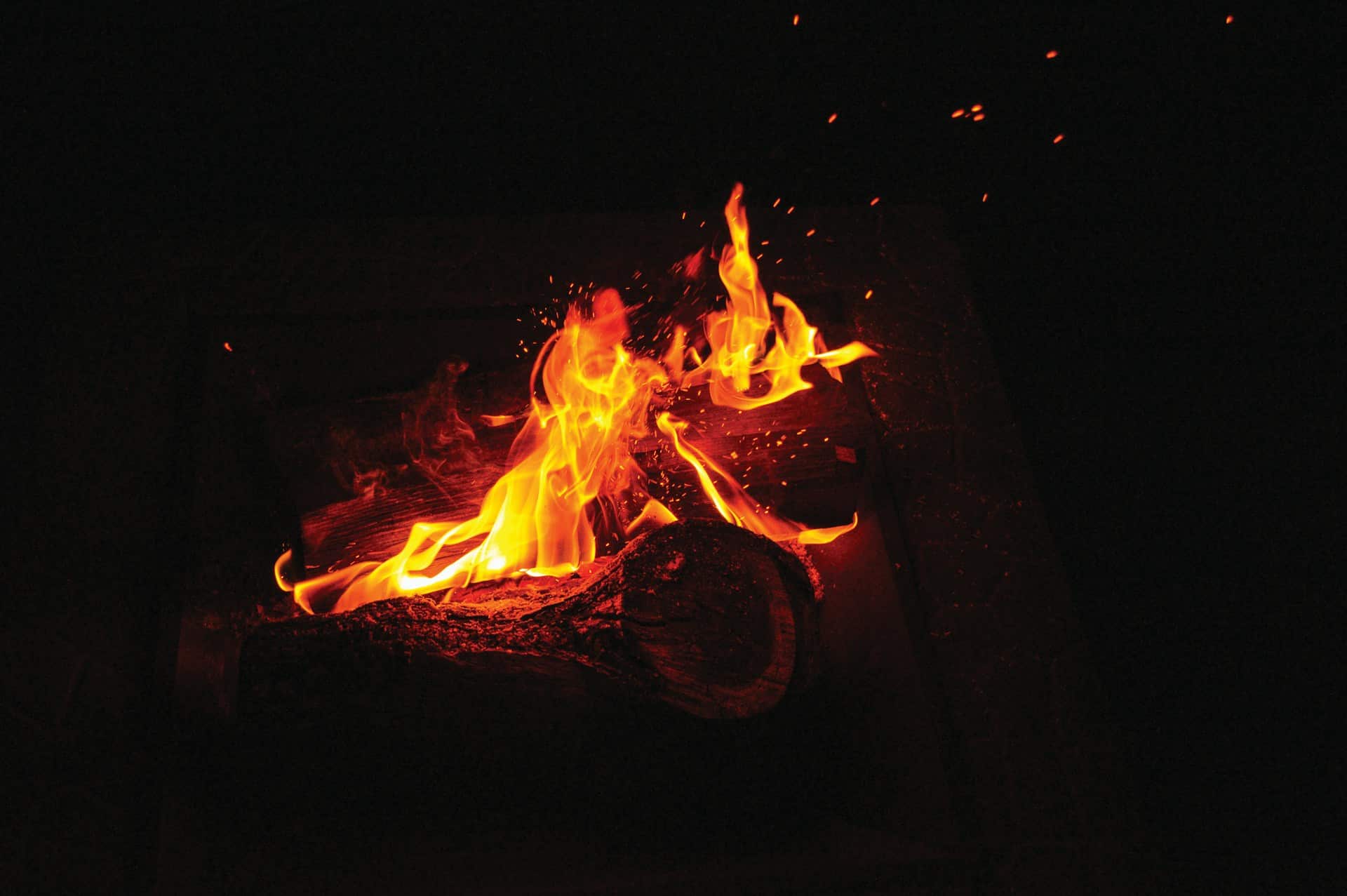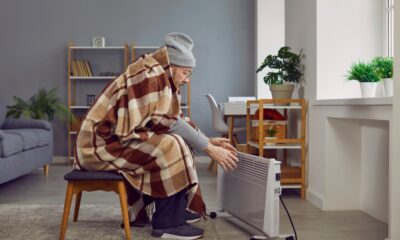Understanding The Impact Of Burn Injuries On Everyday Life And Movement
Burn injuries represent some of the most agonizing and intricate forms of trauma one can endure. They vary from minor pain to extensive damage that can permanently impair the body’s mobility and enhance overall life quality. While immediate medical attention aims to address the burn itself, the long-term hurdles associated with recovery can be equally significant.
Categories of Burn Injuries and Their Severity
Burn injuries are categorized into three primary types according to the depth and severity of the damage.
- First-degree burns represent the least severe type, impacting only the skin’s outer layer, resulting in redness and pain. Typically, these burns heal within a few days to a week and have minimal lasting effects.
- Second-degree burns affect deeper skin layers, penetrating to the dermis, and are characterized by blisters, significant pain, and swelling. Though they can lead to scarring, second-degree burns are generally manageable with adequate care.
- Third-degree burns are much more severe, destroying both the epidermis and dermis and possibly affecting deeper tissues such as muscles, tendons, or bones. These injuries are serious and usually necessitate surgical interventions like skin grafts.
The severity of the burn correlates strongly with the potential impact on mobility and physical function. Burns situated near joints—such as the knees, elbows, or hands—can severely limit movement, and significant burns can yield long-lasting complications that hinder even basic daily activities.
Physical Effects on Daily Living
The physical repercussions of burn injuries can be daunting. Beyond affecting the skin, burns can also impact the muscles, nerves, and bones beneath. This section explores the primary ways in which burn injuries can influence physical health and mobility.
Pain and Sensitivity
Even once the initial burn has healed, pain may persist for months or even years afterward. Affected areas might become exceptionally sensitive to touch, temperature, and pressure. Survivors frequently report discomfort stemming from clothing rubbing against scar tissue or from temperature exposures. This increased sensitivity can transform daily activities like dressing or cooking into painful undertakings.
Restricted Range of Motion
A prominent physical limitation faced by burn survivors is the reduced range of motion. As burn scars can contract, they tighten the skin and inhibit movement, particularly when burns are located near joints. For example, burns on the arms or legs can hinder the ability to bend elbows, knees, or ankles, significantly reducing mobility. In certain situations, individuals may require physical therapy to prevent permanent stiffness and maximize their movement capacity.
Loss of Strength and Muscle Control
In cases involving severe burns where muscular tissue is compromised, victims may experience diminished muscle strength or control. This decline can render even basic tasks, like walking or grasping objects, exceedingly challenging. Recovery of muscle strength and control often necessitates extensive rehabilitation, and some individuals may never fully return to their pre-injury capabilities.
Rehabilitation and Physical Therapy Requirements
For burn survivors, rehabilitation frequently entails a long-term commitment. Physical therapy is vital for enhancing mobility and averting lasting functional loss. Therapy concentrates on stretching the skin and scar tissue to uphold flexibility, strengthening weakened muscles, and boosting coordination and balance. Without rehabilitation, burn survivors are at higher risk for long-term disability stemming from immobility.
Emotional and Psychological Consequences
The physical ramifications of burn injuries represent only one facet of the recovery journey. Individuals who have survived burns often grapple with emotional and psychological hurdles that can hinder their daily life engagement.
Body Image Concerns
Burns, especially severe ones, can leave noticeable scars that dramatically change a person’s appearance. Such visible alterations can result in body image issues, causing individuals to feel self-conscious or anxious in social settings. Some may choose to avoid social situations entirely, leading to feelings of isolation.
Anxiety and Depression
Survivors of burns are at an increased risk for mental health challenges including anxiety, depression, and post-traumatic stress disorder (PTSD). The trauma surrounding the burn incident, combined with chronic pain and limitations, can be overwhelming. Access to mental health support is vital in assisting individuals to navigate these emotional struggles.
Social Life Effects
The interplay between physical restrictions and emotional obstacles can adversely impact a person’s social life. Burn survivors might withdraw from previous activities due to embarrassment over their appearance or an inability to participate fully, which can further exacerbate feelings of isolation and negatively influence their mental health and recovery.
Effects on Daily Activities
Burns can complicate routine activities that were once simple to perform, such as bathing, dressing, or cooking.
Severe burns can significantly restrict a person’s ability to carry out daily tasks. For instance, burns on the hands can hinder buttoning a shirt, while those on the legs can make walking or standing painful for extended periods. Basic chores like dishwashing or laundry folding may become daunting and might necessitate assistance.
In severe cases where mobility is drastically limited, individuals may depend on assistive devices like crutches, wheelchairs, or walkers, as stated by an attorney specializing in burn injuries. Others may require full-time caregivers for daily tasks, affecting their independence and self-worth.
Long-Term Recovery and Rehabilitation
Recovering from burn injuries is often a lengthy and challenging process requiring both physical and emotional support. Rehabilitation is a critical component of healing.
Physical therapy is essential for aiding burn survivors in regaining mobility. Therapists assist patients in stretching scar tissue, enhancing flexibility, and strengthening muscles to broaden the range of motion. Without therapy, survivors face the risk of permanent stiffness, further limiting mobility.
Occupational therapy facilitates burn survivors in adapting to their new challenges and discovering alternative methods for executing everyday tasks. This form of therapy centers on enhancing fine motor skills, such as holding and manipulating objects, as well as developing strategies to regain independence in personal care and domestic responsibilities.
Skin Grafts and Surgical Procedures
In instances of severe burns, skin grafts and other surgical interventions may be essential to improve mobility. These procedures aim to minimize scar tissue that restricts movement while restoring both appearance and functionality to the affected area.
While recovery is pivotal, prevention cannot be overlooked. The most effective way to avert the long-term ramifications mentioned in this article is to prevent burns from occurring in the first place. Key safety measures include exercising caution around open flames, handling chemicals responsibly, and employing protective gear in risky environments.
Burn injuries can profoundly impact an individual’s daily life and mobility; however, with appropriate medical attention, rehabilitation, and emotional backing, many survivors can piece their lives back together. Recognizing the comprehensive range of challenges faced by burn victims—from physical obstacles to emotional recovery—can enhance the support and resources provided for their healing journey.














